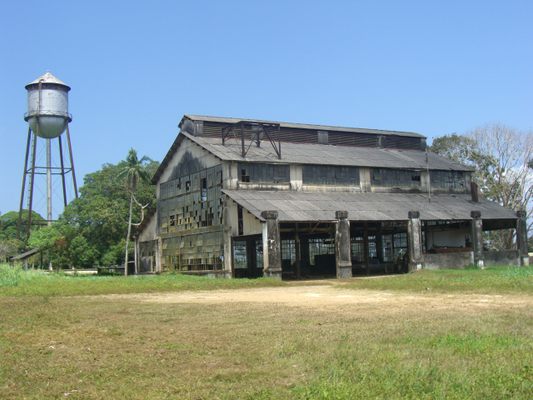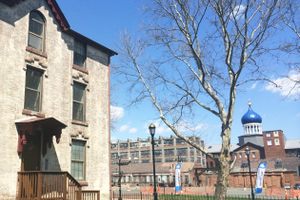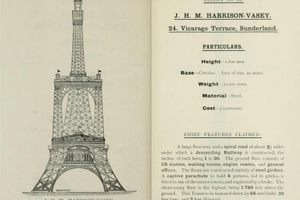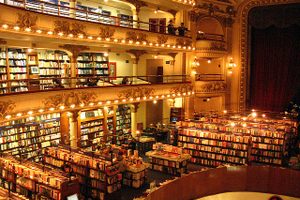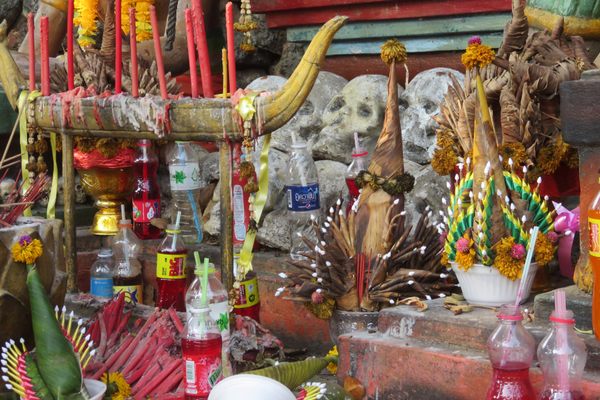About
During the 1920s Henry Ford was benefiting from a major boom in the automobile industry. His company was selling thousands upon thousands of cars and needed massive amounts of rubber to make tires. Unfortunately, rubber manufacturers in East Asia were running a virtual monopoly that drove up the price of raw materials. Ford’s idea: Create the world’s largest rubber plantation in the middle of the Amazon forest, which after all is the native habitat of rubber trees.
The auto tycoon bought over six million acres and named his Americanized colony Fordlândia. Ford went so far as to build a modern hospital, a power plant, a library, a golf course, a hotel, and thousands of little white clapboard houses for the employees to live in. Eventually, as the community grew, other businesses such as bakeries, butcher shops, restaurants, and shoemakers were established.
Ford employees from America were relocated to this little piece of America along the Amazon River where they—along with the native Brazilian workers who moved into the settlement to work at the factory—were forced to live the mandatory “healthy lifestyle.” This included attending poetry readings, square dances, and English-language-only singalongs, and abstaining from alcohol, which was prohibited in Fordlândia.
Unfortunately Fordlândia proved to be wildly unsuccessful. The rubber saplings that Ford had planted (without the help of a botanist) were barely growing, and those that did grow were soon hit by a leaf blight, which ruined the remaining trees. By the end of the 1920s malaria became a serious problem. In December 1930 agitated workers rioted, breaking windows and overturning vehicles in the road. After the riots, which lasted less than three days, work continued, but there was almost no product to show for the millions of dollars Ford had poured into the jungle. In 1933, after coming to terms with the failure, Ford purchased a new plot of land downriver and called it Belterra. At first the land showed promise, but progress was slow. After 10 years of work, Ford realized that his goal of 38,000 tons of latex was a far cry from his factory’s output of just 750 tons.
Ford retired from the rubber industry in 1945 after losing over $20 million in the Amazon (over $200 million in today's dollars). The Brazilian government purchased all of Ford’s land for a measly $250,000. Today some of the structures of Fordlândia and Belterra still remain and are marked as spots for Amazon tours.
Related Tags
Wild Brazil: Rivers, Dunes & the Amazon
Explore Amazon villages, fish for piranha, and cool off in lagoon-covered sand dunes.
Book NowPublished
September 14, 2016
